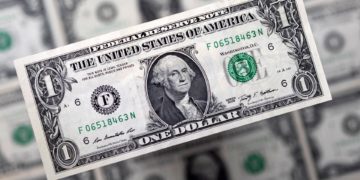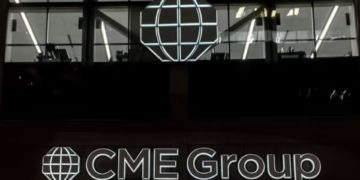In capital markets, liquidity will always find its own level. Financial capital will flow into the coffers of even the most insolvent companies when there is an abundance of liquidity. Consider the example of Hertz.
Bankruptcy at its core is a situation in which a company’s assets are worth nothing. If assets = liabilities + equity, then it must be the case that a company in bankruptcy has seen its equity wiped out, driven to zero value. And yet, retail traders continued to trade into Hertz, pushing the firm’s shares higher.
In a sense, this is what policymakers such as the Federal Reserve and US government intended: shore up the economy against the scourge of the pandemic so that a recovery can take root. In turn, there is so much excess liquidity in capital markets, that businesses would be spared from illiquidity in the short-term and insolvency in the long-term. This can be summed in an analogy whereby despite ‘the holes in the bottom of the cup, the top would still overflow.’











































